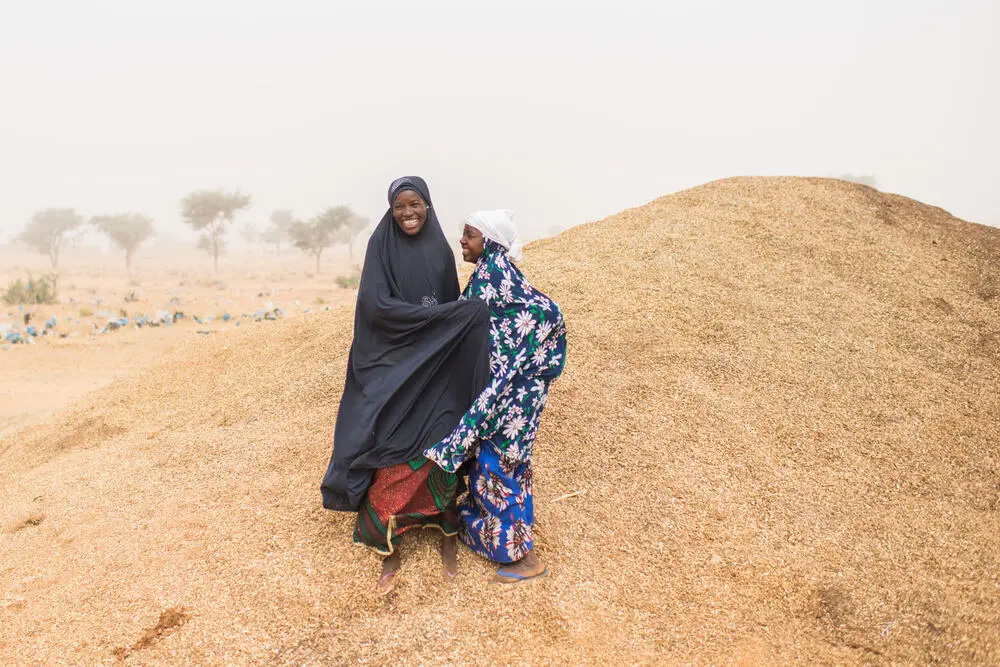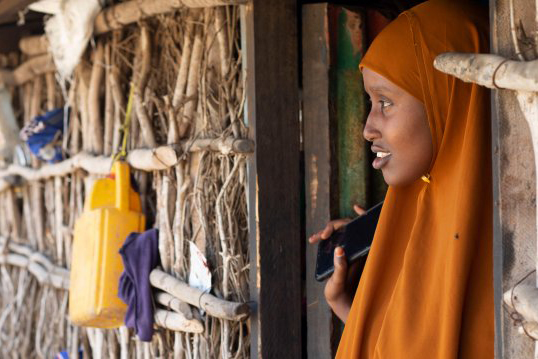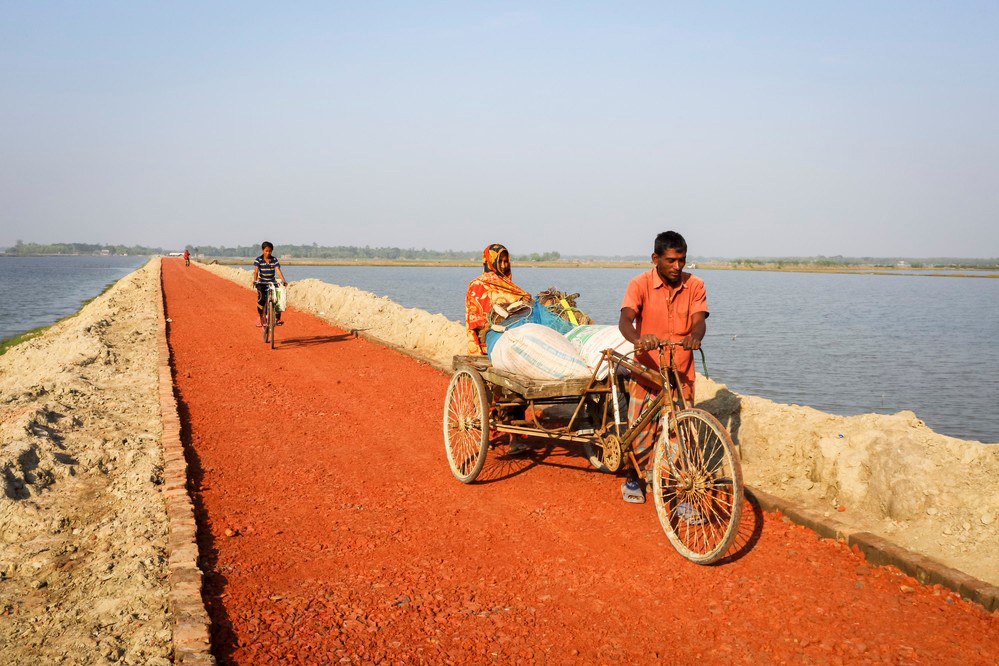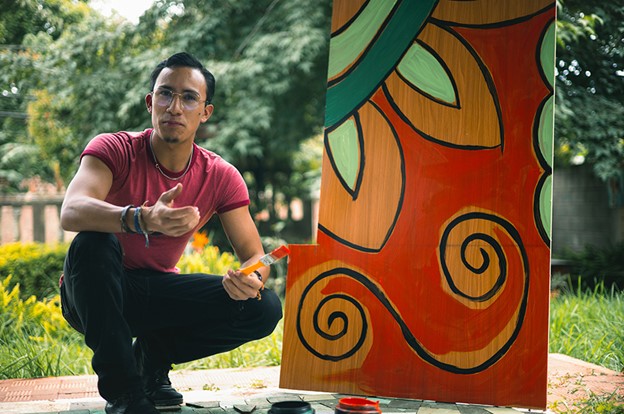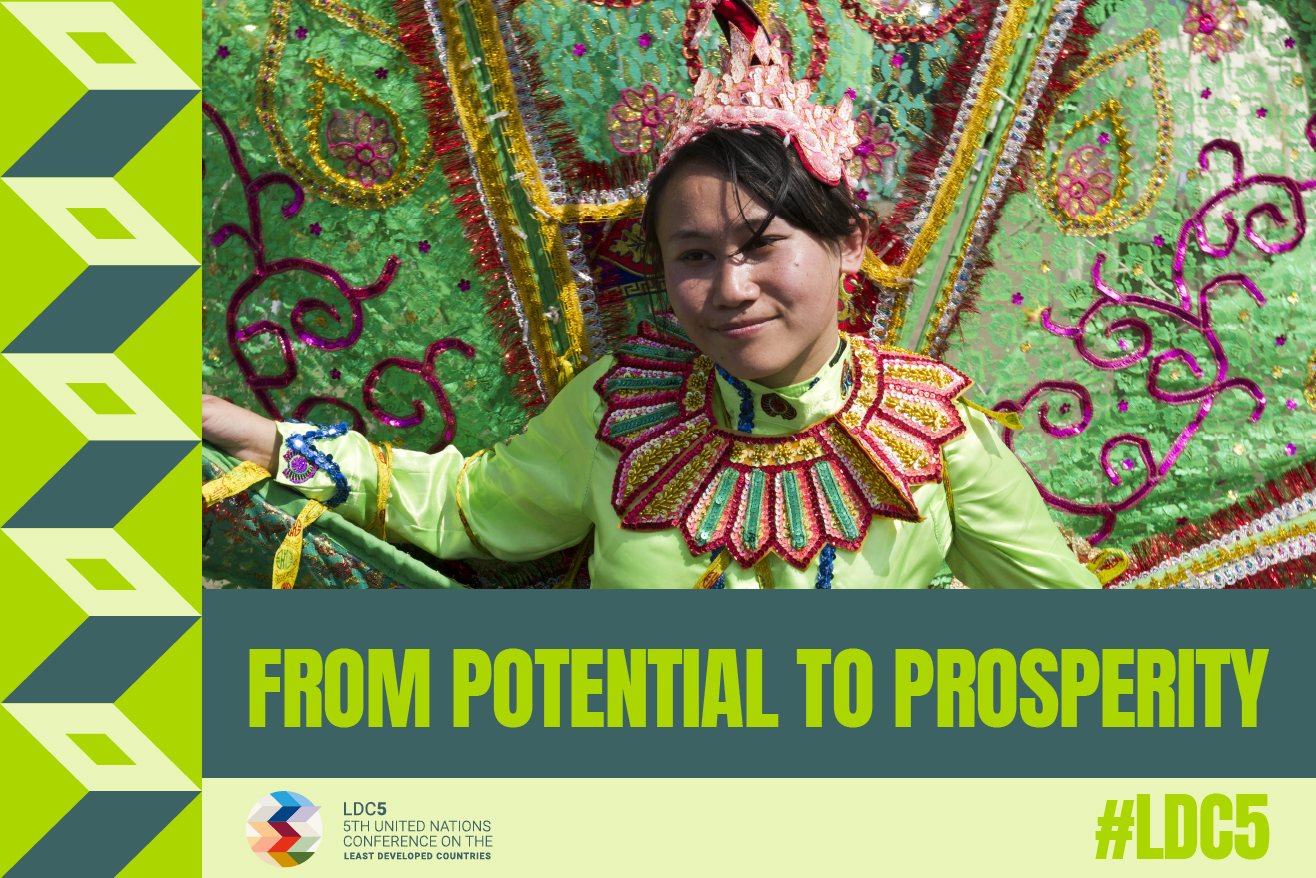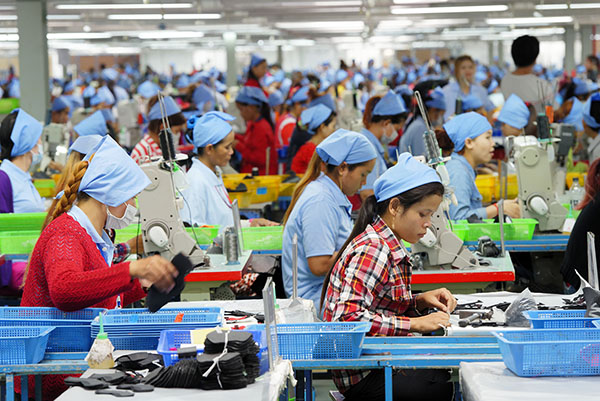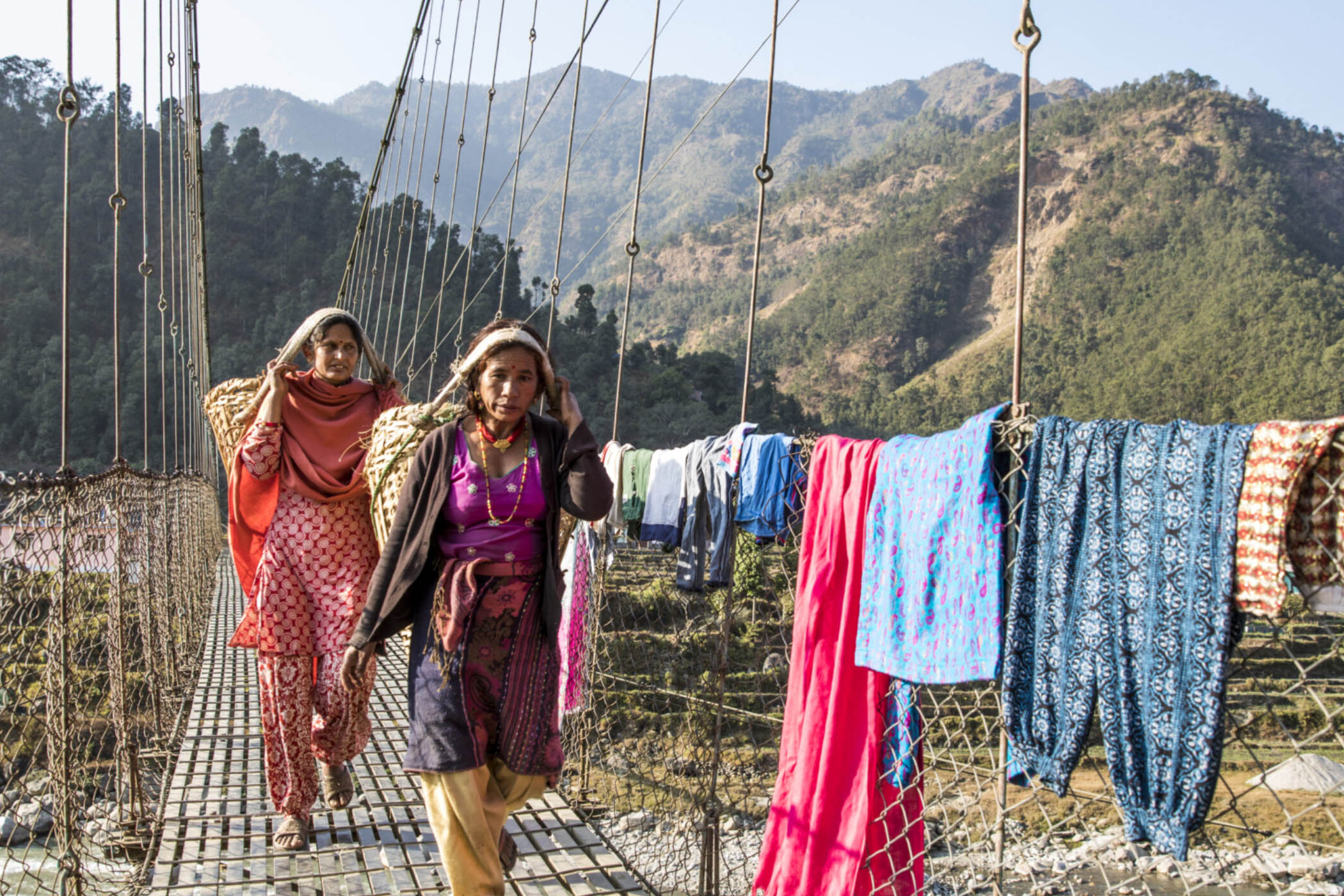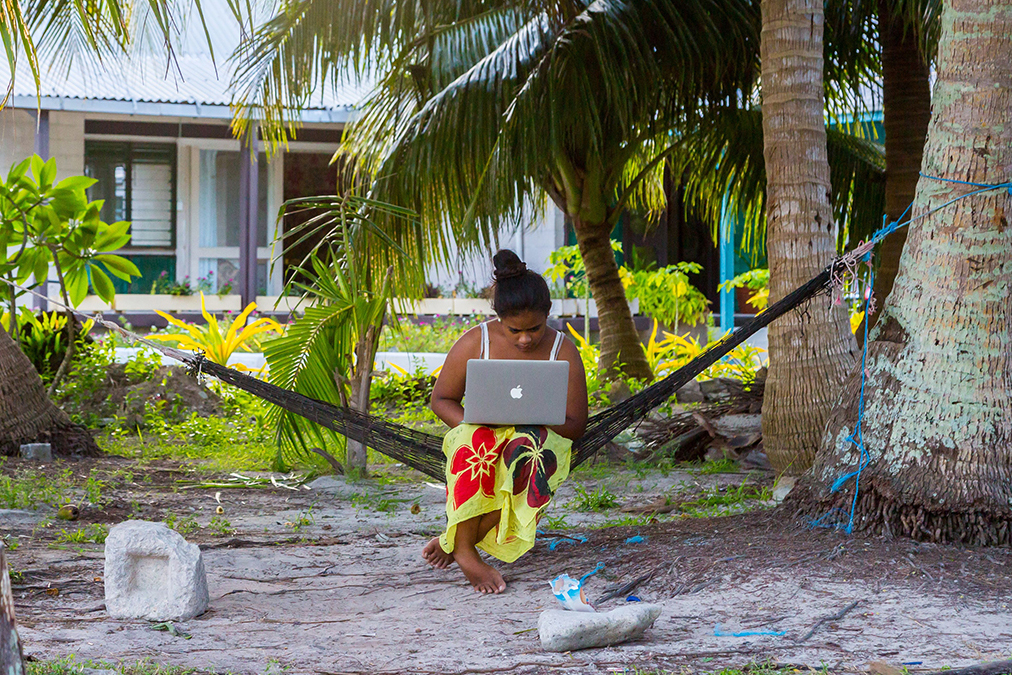Garin Kaka is one of three "opportunity villages" that form part of an initiative by UNHCR, together with the Niger government and local leaders, to provide refugees with a more sustainable alternative to living in camps. After being relocated to Garin Kaka, Jamilla met Hamsou after joining the peanut oil cooperative, one of several income-generating projects in the village which UNHCR partner, Action pour le Bien Etre, helped to start up. Jamilla is the president of the cooperative of 20 refugees and local women who work together to produce peanut oil.
Economic Development
Renewable energy is touted as a solution for rural electricity access in Africa. UNOPS-implemented projects in Sierra Leone run solar-powered mini-grid systems in rural areas of the country.
A short yet perilous road connects the towns of Buufow and Shalanbood in southern Somalia. The two communities have had to cope with increasing scarcity of natural resources from which to derive their livelihoods. This combined with a lack of basic services increases the likelihood of conflicts. In an original approach to conflict resolution, youth met for a “Game Day” - an innovative peacebuilding project implemented by FAO and IOM - where they use a smartphone game application to identify priorities for investments in critical infrastructure that would promote peace and productivity.
There may be no universal understanding of creativity. The concept of creativity ranges from artistic expression to problem-solving and can be used in the context of economic, social and sustainable development. The creative economy too has no single definition. It is an evolving concept which builds on the interplay between human creativity and ideas and intellectual property, knowledge and technology. On World Creativity and Innovation Day (21 April), the world is invited to embrace the idea that creativity and innovation are essential for harnessing the economic potential of nations.
For over 40 years, IFAD has been working with rural people, helping them eradicate poverty, conserve their environments and build flourishing societies—all the while feeding the world.
Between 2022 and 2030 average GDP growth is expected to decline as nearly all the economic forces that powered progress and prosperity since the early 1990s have weakened.
Technologies used to produce goods and services with smaller carbon footprints are providing increasing economic opportunities, but many developing countries could miss them, unless governments and the international community take decisive action.
Diego Rafael Osorto’s, clean even brush strokes of paint across a wood sculpture, helped transform his passion for art into a socially responsible business. At a time when unemployment is high, corruption is endemic, and there is plenty of violence, especially gang violence punctuated by extorsion and murder, his decision to stay in Hondoras transformed his life and his community. Through a workshop by ParticiPaz, a joint project by UN Human Rights and UNDP, and funded by UN Peacebuilding Fund, he created a space for community workshops. In this space, they work to fight discrimination against indigenous people, defend their land against encroachment by big business, and fight the delinquency that was slowly poisoning his country’s youth – all the while encouraging young indigenous people to stay in the country.
The Fifth United Nations Conference on the Least Developed Countries (LDC5) is a once-in-a-decade opportunity to accelerate sustainable development in the places, where international assistance is needed the most. It is where the full potential of the Least Developed Countries can be harnessed, helping them make progress on the road to prosperity. In Doha, Qatar, from March 5-9, world leaders, along with the private sector, civil society, parliamentarians, and young people will raise new pledges, drive commitments and innovative solutions to deliver on the promise of the Doha Programme of Action.
Productivity is slowing in advanced economies and the trend has spread to emerging economies. The ILO’s World Employment and Social Outlook – Trends 2023 report, described productivity as “key to addressing today’s multiple crises” and “a linchpin of a just transition”. How can productivity be improved and how can those gains be channelled to build the foundations of a just transition to a more sustainable and equitable future?
In this latest edition of the Future of Work podcast, ILO's Sophy Fisher finds out with José Manuel Salazar-Xirinachs, Executive Secretary of ECLAC and Daniel Samaan, ILO's Senior Macro-economist.
Least developed countries (LDCs) represent around 880 million people. That is 13 per cent of the world’s population. LDCs confront the biggest barriers to sustainable development. They face energy poverty, limited access to markets, lack of productive capacity and climate vulnerability. Together with partners, UNOPS implements a broad range of sustainable development projects in LDCs – supporting vulnerable communities and advancing opportunities and equality. The projects increase access to sustainable energy, build critical public infrastructure, strengthen resilience and expand health capacity.
After a difficult migratory journey to follow in the footsteps of his friends, he chose to return to his native region and set up a sewing workshop with the help of IOM, as part of his socio-economical reintegration. Kafoumba is originally from the N'Zérékoré region of Guinea, but it was in Côte d'Ivoire that he acquired his unique style of tailoring.
As Sri Lanka experiences its worst economic crisis, the most vulnerable groups are forced to grapple with further exacerbated challenges. Especially for those engaged in the agriculture and fisheries sector, their livelihoods have been severely disrupted on all fronts. In the present situation, ILO Sri Lanka’s LEED+ project is supporting vulnerable members of the farming community in the Northern Province through short-term employment in infrastructure developments.
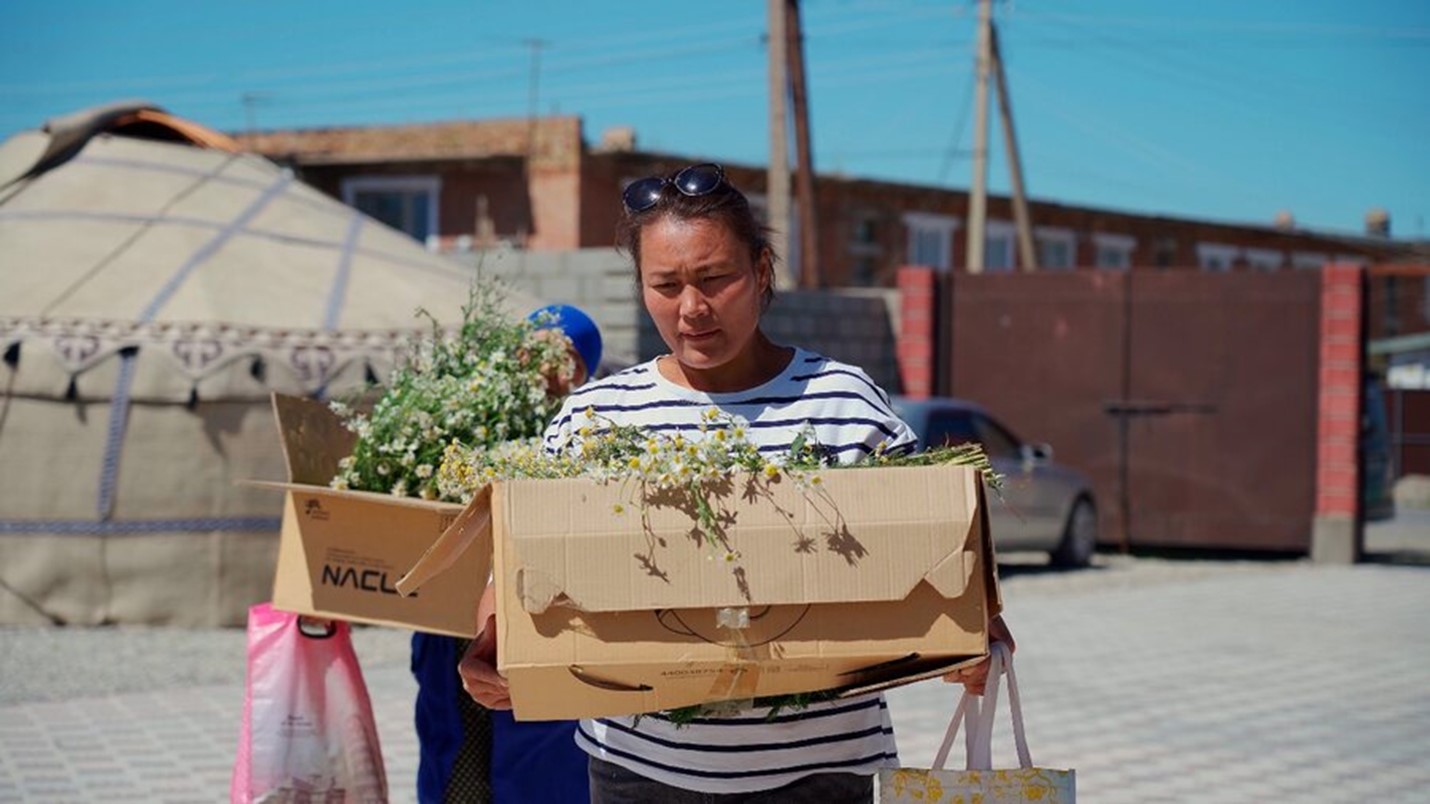
A herbal industry opens horizons for mountain farmers
An herbal industry opens horizons for mountain farmers
The unforgiving climate and mountainous terrain in Kyrgyzstan’s northern At-Bashy district make agriculture risky and employment opportunities rare. Rich in natural resources, landlocked Kyrgyzstan is nonetheless highly dependent on remittances and foreign assistance, making the country vulnerable to external shocks. WFP-led collaboration is giving women like Baktygul new income-earning opportunities by capitalizing on At-Bashy’s clean water and fresh air to grow herbs for essential oils. Batygul counted among some 1,000 smallholder farmers trained by WFP on herb-planting agro-technologies, together produce and supply upto 3000kg of the raw materials that are processed into essential oils and dried products for use in industries.

